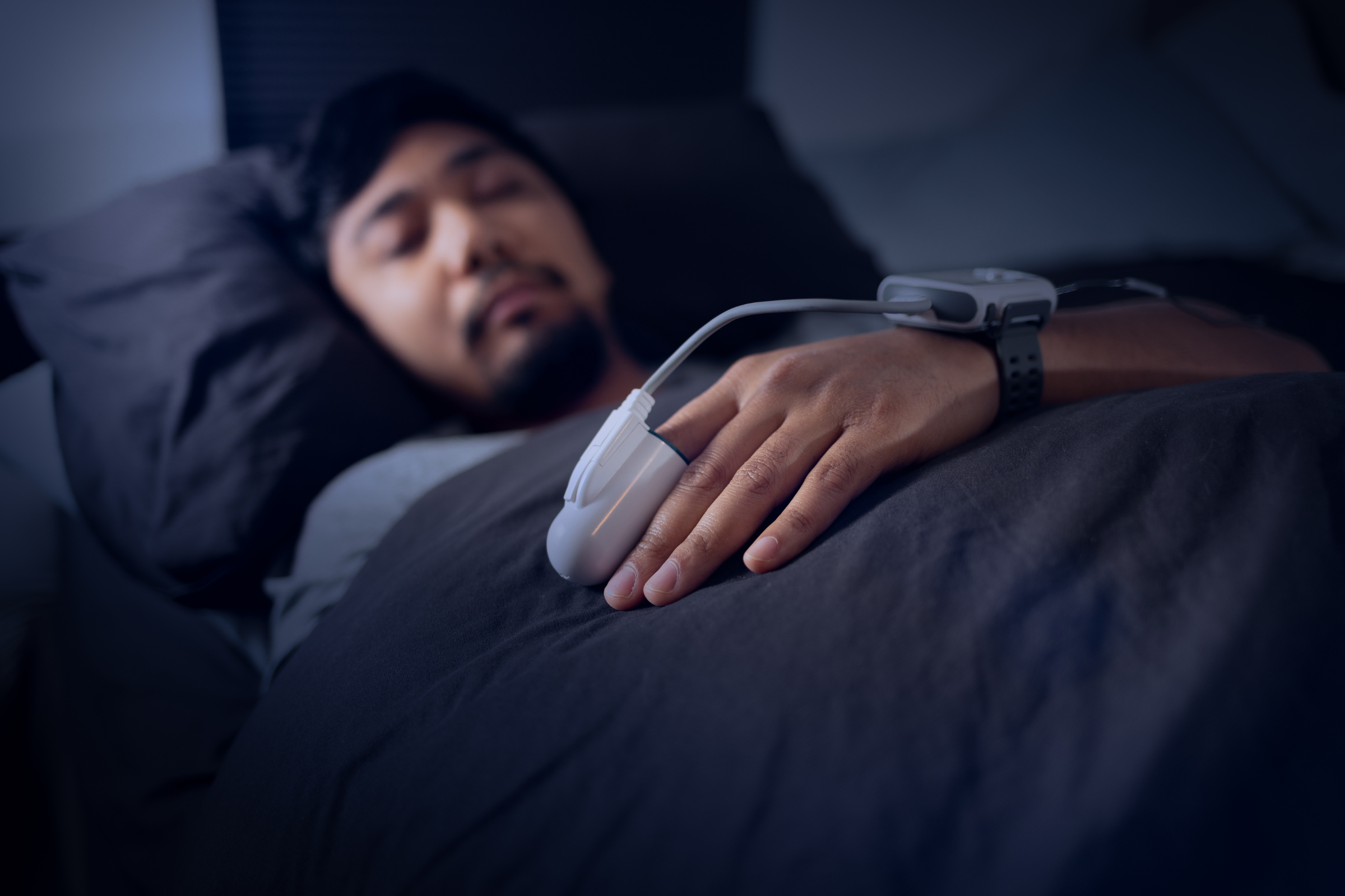Home sleep testing, also known as HSAT, has come a long way over the past decade. Once viewed as a backup plan for patients who could not come into a lab, it has now become a standard part of many sleep clinics’ toolkits. Especially after the pandemic accelerated remote care, home testing is proving its value and is here to stay.
How Accurate Is Home Testing?
Today’s Level 2 and Level 3 home sleep tests are more advanced than ever. Level 2 devices can record almost as many channels as a full polysomnography, including EEG, respiratory effort, airflow, and oximetry. Level 3 devices, while simpler, still deliver critical data on breathing patterns and oxygen saturation.
When reviewed and scored by certified technologists, these studies can achieve impressive accuracy for diagnosing obstructive sleep apnea and related conditions.
Why Patients Prefer It
Home testing removes many barriers that keep patients from getting diagnosed. No travel, no overnight stays, and more comfort in their own bed make compliance much higher. For people living in rural areas or with mobility challenges, this is a huge step forward.
Patients also tend to sleep more naturally at home, providing data that may be more reflective of their typical sleep patterns.
What to Watch For
Clinics adopting home testing need to plan for robust quality assurance. Ensuring clean signals, proper sensor placement, and data security is essential. Having experienced sleep technologists manually review and validate studies helps maintain the same quality you would expect in a lab environment.
It is also critical to follow up with patients after home testing to confirm results, educate them about their diagnosis, and discuss treatment options.
Looking Ahead
Home sleep testing is not going anywhere. It makes diagnosis easier, improves access, and supports a more patient-centered approach to sleep care. Clinics that invest in reliable home testing workflows and strong scoring partners will be well-positioned for the future of sleep medicine.

.png)



